Why We Love Tempo Training
If you’ve been following our programs for any period time, either in our group classes, personal training, or individual design, you have certainly come across a notation like the following:
“Back Squat x 3 reps @ 30X1 tempo”
When you see the “@“ sign, this doesn’t mean we’re mentioning someone by their instagram handle; nor does “30X1” mean thirty TIMES 1. This notation is meant to dictate the TEMPO of the movement, and each number represents one portion of the lift. It is read as follows:
“3” = 3-seconds on the way down
“0” = no pause in the bottom of the movement
“X”= as fast as possible on the way up (think eXplode!)
“1” = 1-second pause at the top of the movement.
These same rules hold true whenever tempo is prescribed, and give us the means, by changing these numbers, to make any movement vastly different, depending on what we are looking to do.
First, though, let’s address the most important part: WHY use tempos when lifting?
Building Strength
One of the main benefits of prescribing tempo is that it allows us to control the time under tension (TUT) for the lifter. By spending more time under load, especially during the eccentric (or lowering) phase of a movement, we are building strength not only in the muscles, but the connective tissues of the joints we were using. This means that our body will adapt to handle heavier loads over time, with less pain or injuries, and lead to bigger overall gains when go back to trying to move as quickly as possible.
Better Movement
For our beginners, we almost ALWAYS prescribe tempo to resistance-based movements, and here is why: when we are learning a new movement pattern, we have to first be able to CONTROL each position within it. Instead of relying on gravity or momentum, we teach ourselves to resist or create force on our own.
From a mechanics standpoint, controlling the lowering of a squat, for example, or pausing and holding in the bottom position will lead to better technique over time, as well as the ability to build strength and endurance without adding excessive loading that might compromise form. In this way, LIGHT doesn’t mean it’s EASY (and, if you don’t believe us, try doing some Goblet Squats @5551 tempo!)
Focusing on Weak Points
A final way that tempo training can be utilized is to focus on portions of a movement at which someone might struggle. We can use tempos to accentuate isometric strength in an overhead position, for example, for someone who might have difficulties locking out their split jerk (ie. a Push Press @11X5 tempo). As mentioned before, adding extended pauses in the bottom position of squats or presses, or at the top of movements like pull-ups, is another way to build positional strength for someone that needs it.
In general, we find that working from slower tempos, with greater time under tension, toward faster tempos over the course of a training cycle allows for optimal progression in loading, and leads to the best possible gains in the long run. Of course, this approach requires patiences — but you will be rewarded in the end with healthier joints, better movement, and, best of all, greater increases in strength.

